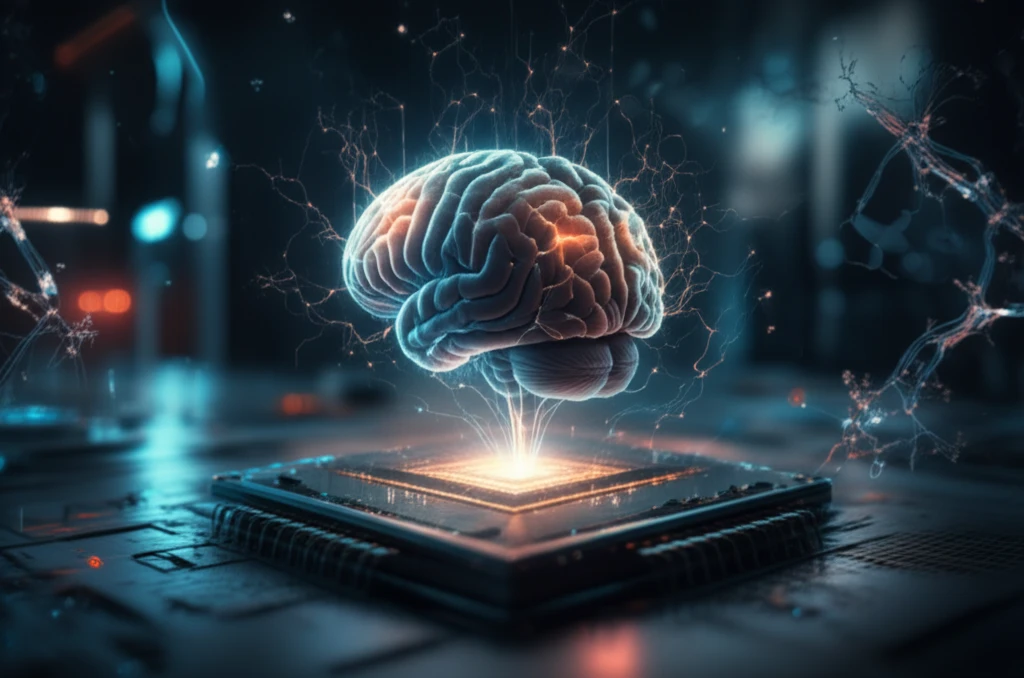
Brain Organoids on a Chip: Modeling Prenatal Nicotine Exposure
"A revolutionary approach using human brain organoids on a chip offers new insights into the effects of prenatal nicotine exposure on neurological development."
Advances in three-dimensional (3D) neural culture models, derived from human stem cells, are revolutionizing neuroscience research. These 3D models more faithfully replicate the pivotal functions and cytoarchitectures of in-vivo neural tissues, surpassing conventional two-dimensional (2D) culture models and animal models. This shift promises more relevant insights into human brain development and related disorders.
To establish these 3D neural models, brain organoids and brain-on-a-chip systems represent two typical approaches grounded in developmental biology and bioengineering, respectively. Brain organoids are formed through sequential in vitro neural development steps, including generating embryoid bodies (EBs) from stem cells, inducing neuroectoderm, expanding neuroepithelium in Matrigel, and differentiating organoids in suspension.
In contrast, brain-on-a-chip systems enhance the capacity to reconstitute in-vivo neural microenvironments, including intercellular interactions, extracellular matrix (ECM), and hemodynamics, in a deterministic manner. By combining the advantages of both organ-on-a-chip and organoid technologies, the organoid-on-a-chip platform has emerged as a new model to recapitulate the essential structural and physiological features of the in vivo tissue and the corresponding 3D tissue microenvironment.
How Brain Organoids on a Chip are Revolutionizing Research

Nicotine is recognized as a neurotoxin that can trigger various neural dysfunctions and long-lasting deficits when the fetal brain is exposed. Maternal smoking during pregnancy is associated with offspring intelligence, anxiety behaviors, cognitive ability, and neurodegenerative diseases later in adulthood. Understanding the effects of prenatal nicotine exposure (PNE) on human neurological development remains a challenge due to the differences between human and animal physiology.
- Enhanced Realism: Mimics in-vivo brain conditions more accurately than traditional 2D models.
- Controlled Environment: Offers precise control over biochemical and mechanical cues.
- Versatile Applications: Suitable for studying various neurodevelopmental disorders beyond nicotine exposure.
- Ethical Alternative: Reduces the need for animal models and human clinical trials.
- Real-Time Monitoring: Transparent microfluidic devices enable in situ real-time imaging of brain development processes.
Future Directions and Implications
Understanding the early stages of human embryonic development is crucial for thoroughly investigating the effects of PNE on human brain development. The brain organoid-on-a-chip system utilized in the current work could serve as an alternative human-relevant neurodevelopmental model, eliminating ethical concerns regarding human clinical trials involving smoking pregnant women. For basic and translational neuroscience research, generating standardized and homogenous brain organoids is critical but remains an unsolved issue in this system. Nevertheless, the brain organoid-on-a-chip system opens a new avenue for modeling human prenatal neurodevelopmental disorders.
